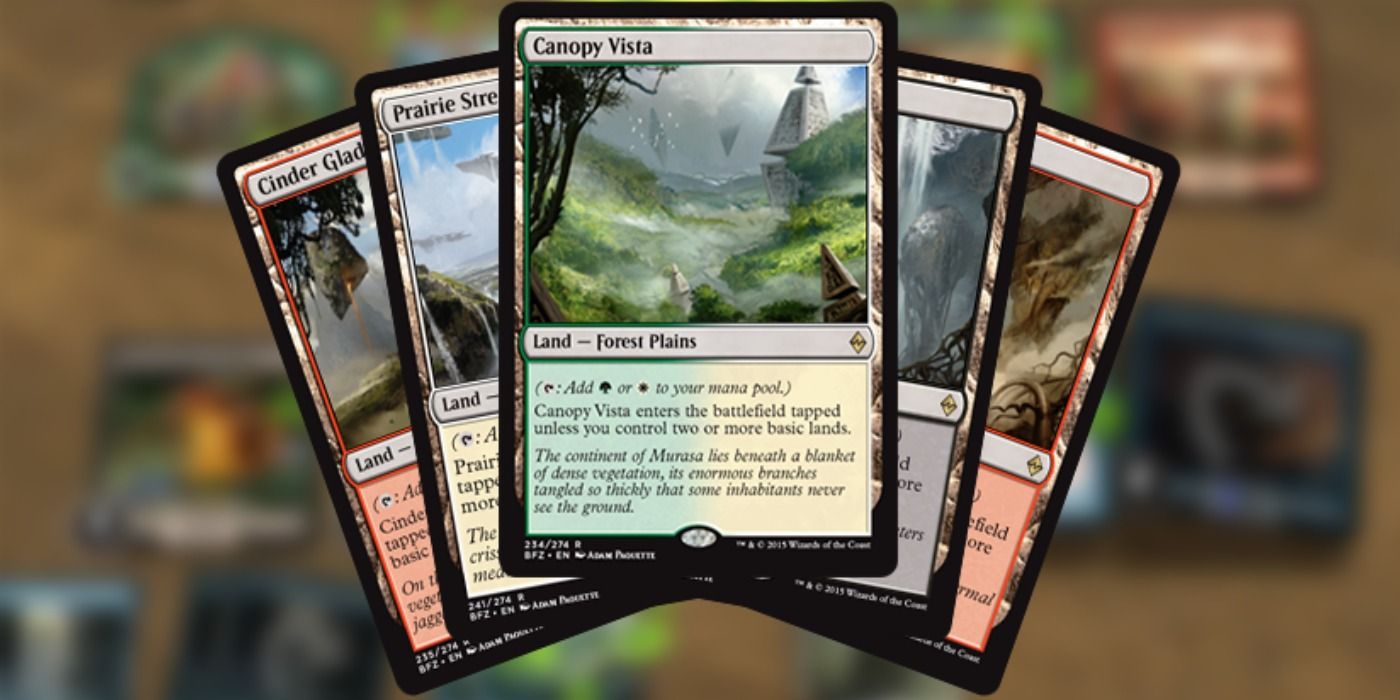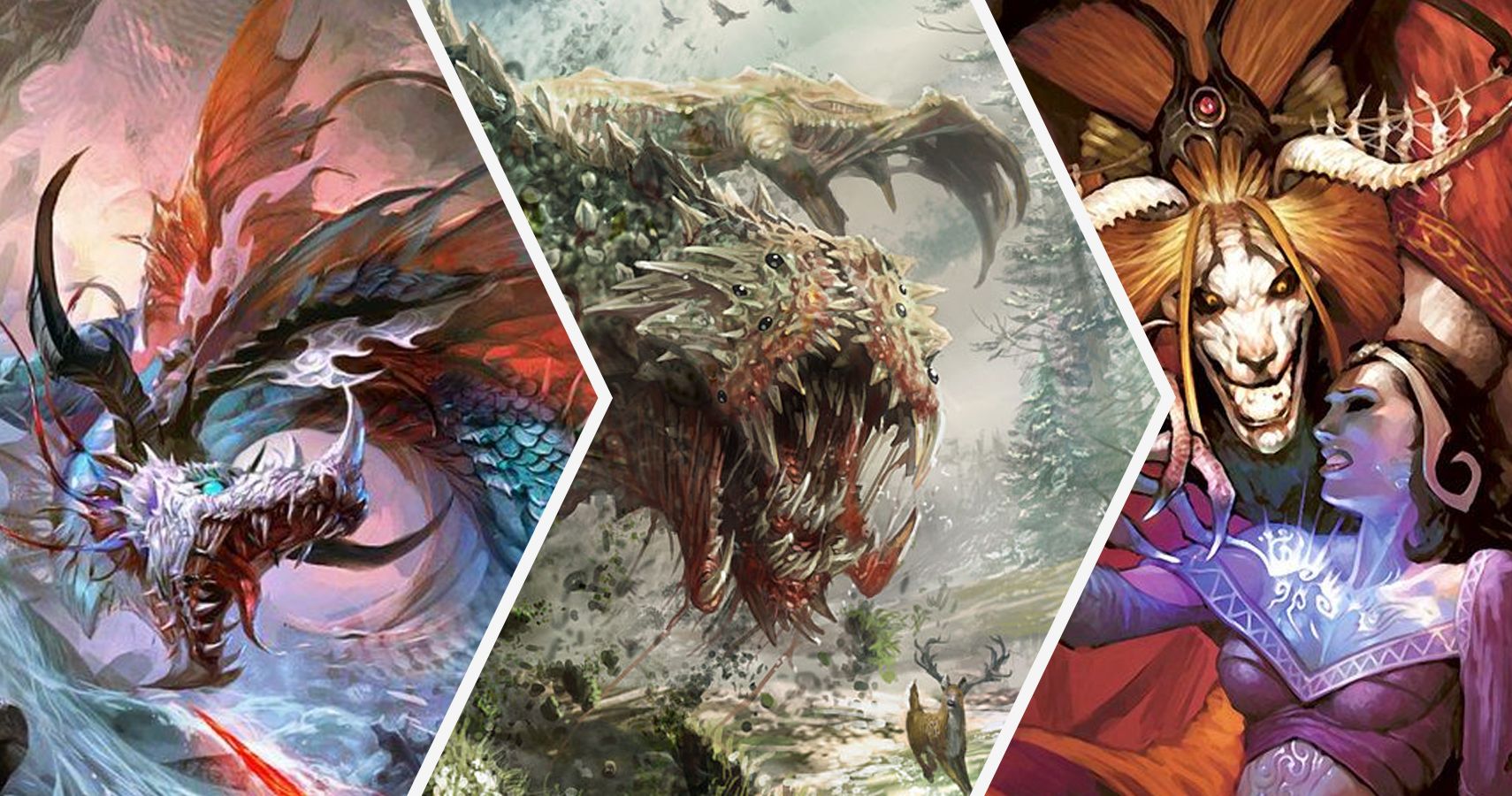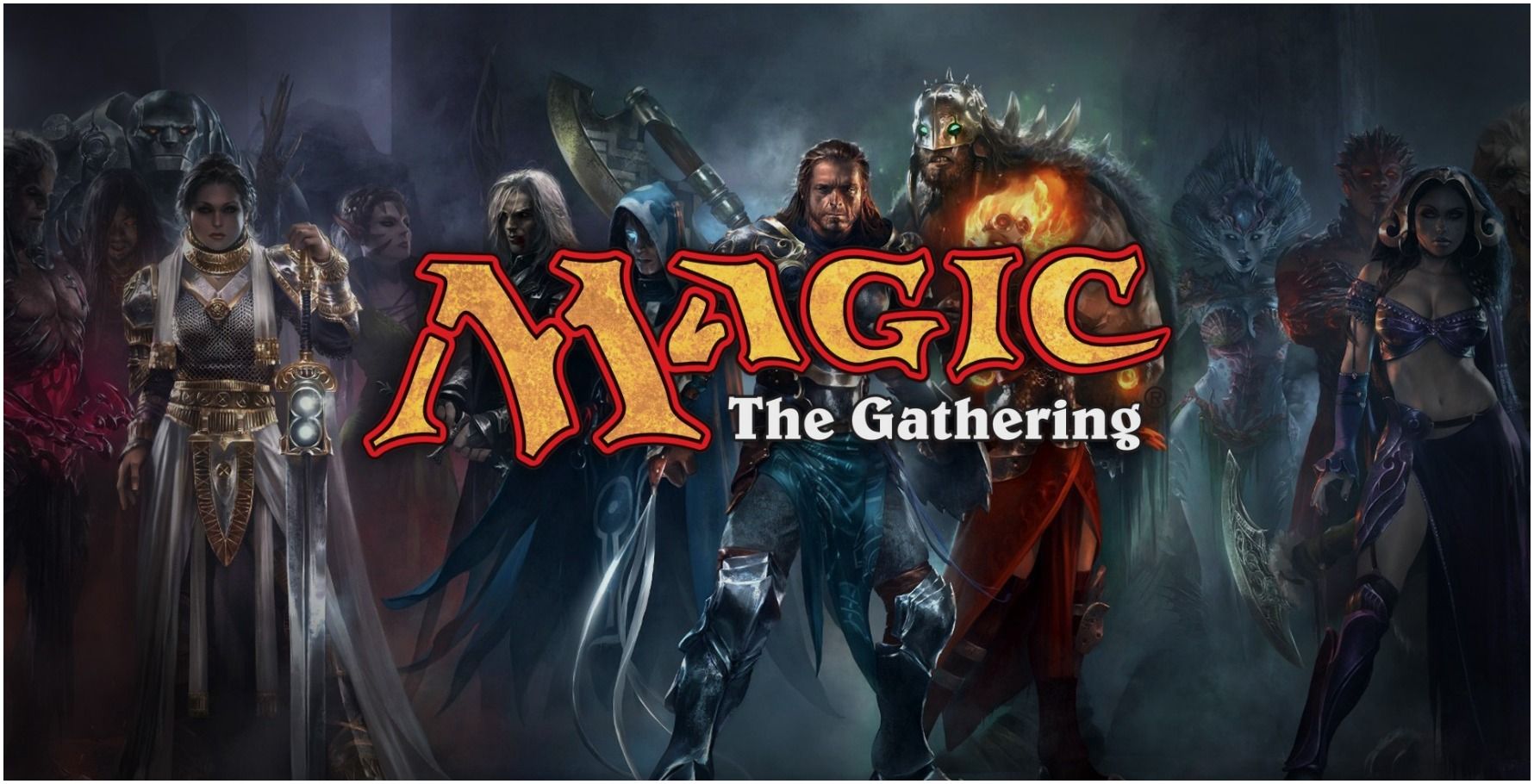With a game that is nearly 30-years-old, Magic: The Gathering is an expansive tabletop strategy card game rich in lore and playing formats. For new players, this can make knowing how to create a standard format deck a bit daunting.
Standard is the main seasonal competitive format in MTG, using the most recent set releases with the older ones rotating out each fall. While there is no maximum deck size, so long as players are still able to shuffle it without help, the minimum number of cards that each deck must have is 60.
When creating a deck there are a few different ways that players can go about designing it. They can pick a powerful card such as a planeswalker, and build their deck around its abilities in a fashion similar to Commander format. If they lack a powerful card to act as a centerpiece, starting with one of the game’s core mana types, forest, plains, swamp, island, and mountain, is the way to go. These types can also be combined in a deck, and players are not restricted to a single mana type.
How To Build A Deck For Magic: The Gathering
After choosing what type of Magic: The Gathering deck they wish to make, players will need to pick out their cards. There can only be four of each card in a single deck, with the exception of basic lands, and the deck total must be at least 60. There are also cards that have become banned for playing in Standard format throughout the season, such as being overpowered when played with other cards, so it’s advised that players check that their cards are not on the official Wizards of the Coast banned list. Only basic mana doesn’t rotate out and can be used from any set as its basic function does not change.
The types of cards players choose should also take into consideration what their opponent’s deck might have. For example, a creature with the ability “flying” can only have its damage blocked by another creature with flying, or a creature with “reach.” If the deck lacks creatures with flying, other cards such as instant, sorcery, artifact, and enchantment spell cards that give the abilities flying and reach to creatures can be added.
One of the more important aspects of constructing a deck is the mana ratio. This ratio determines how many basic land cards players will need in their deck in order to “cast” spell cards for combat and defense when playing a game. Too much mana can lead to players becoming “mana swamped” or pulling out mostly basic mana cards and not enough spell cards to attack. The opposite can also happen where players become “mana starved” and have too little mana to play their spell cards. Both of these leave players open for their opponent to attack their life points directly which works against them to win a game.
There are a number of ways the calculate or estimate this more specifically, but a quick rule of thumb is that basic mana should make up approximately one-third of their Magic: The Gathering deck, or 20 to 24 cards in a 60-card deck. For a deck that is “mono-colored” or is only one type of mana, players normally can take out an additional basic mana card, preferably not going below 20 mana to avoid becoming mana starved. For a deck that is multiple types of mana, not going below 22 of all mana types combined is ideal.
The other thing that Magic: The Gathering players should take into account is the “mana curve” or amount of mana each card requires to play and how many cards share that same requirement. An ideal mana curve favors cards that cost less mana to play, such as two to three, with cards requiring four, five, and six or more mana cards fewer in number. This allows players to build up their forces early on in the game to either attack sooner or defend until they draw their higher cost cards along with building up the mana they need to play them.
Outside of Standard, there are several other formats that players can explore in Magic: The Gathering, including Modern that encompasses many of the older sets, and the free-for-all format Commander. There are thousands of cards players have to explore and combined to discover their preferred playing style is or develop new ones altogether. Either way, players’ first Magic: The Gathering Standard deck is only the beginning of a much larger multiverse of magic.
Magic: The Gathering Arena is free to download for PC.



